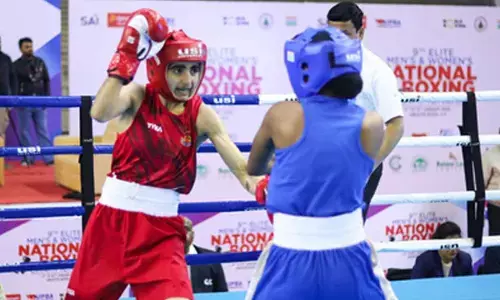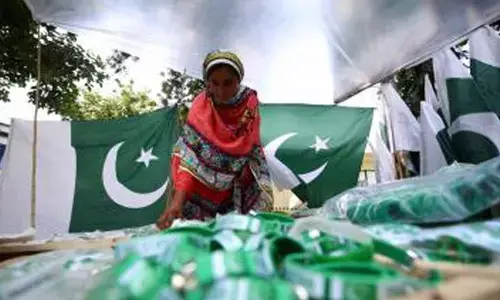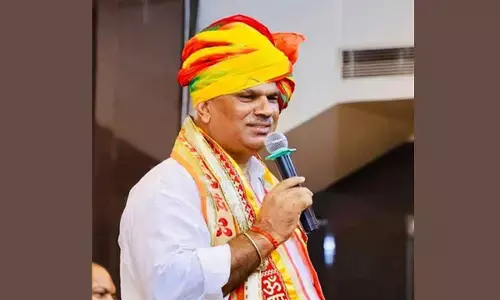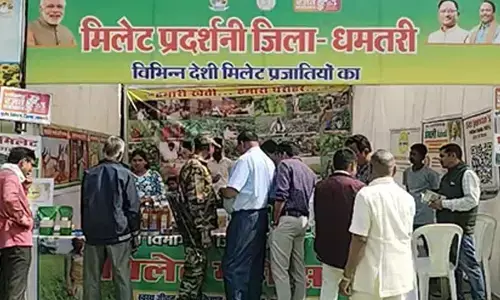Women empowerment key to uplift of the poor
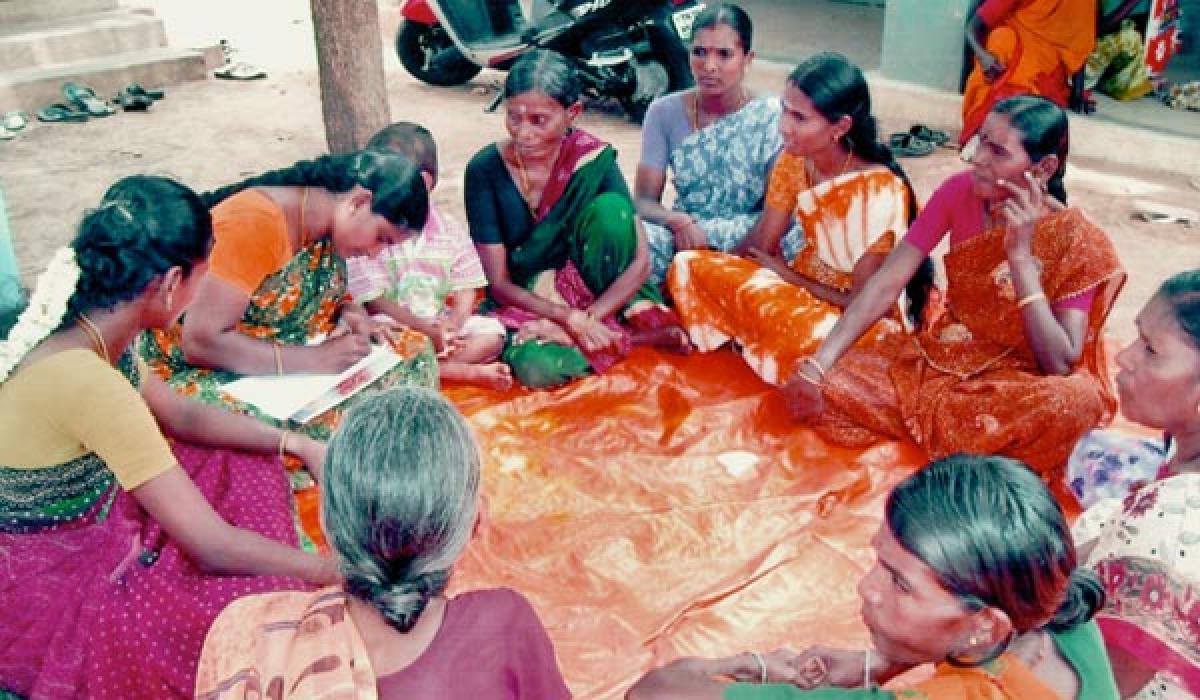
Add to these woes were financial necessities dependent upon whims and fancies of feudal lending society and dry land cultivation which deprived a majority of population from sociological needs such as drinking water, electricity connectivity, good education, social medical system.
Before 1994, the rural areas of Andhra Pradesh State used to suffer from acute unemployment due to conventional education system and lack of diversified higher educational facilities within the State, women restricted to their homes or engaged in agricultural wage mean labor, no service sector employment, no communication facilities to all areas, no information connectivity.
Add to these woes were financial necessities dependent upon whims and fancies of feudal lending society and dry land cultivation which deprived a majority of population from sociological needs such as drinking water, electricity connectivity, good education, social medical system.
The priority of the majority of rural population at that time was food and shelter. There was a radical shift from the dysfunctional areas of public sector industrialisation to private industrial growth, encouragement to STEM (Science, Technology, Engineering and Mathematics) education in private sector and women empowerment in united Andhra Pradesh.
The shift was facilitated by four IAS officers Satya Prakash Tucker, then National Co-ordinator UNDP Project and presently Chief Secretary of Andhra Pradesh State, K Raju, then Collector of Kurnool who later joined politics, Satish Chandra, then Joint Collector of Kurnool.
who is now working as Principal Secretary in AP CMO, and Jayesh Ranjan, then Sub-Collector of Nandyal and now IT&ITES Secretary of Telangana. They were associated with the launch of novel poverty alleviation programme (PAP) in 1995 during the Prime Ministership of PV Narasimha Rao, the pioneer of economic reforms in the country.
This PAP was started in rural areas in Nandyal Sub-Division, initially by gathering 10 to 15 women into a self-help group (Podupu Lakshmi). The SHG members were prodded to contribute towards a thrift of Rs 1 each per day from their meagre earnings. A bank account was opened in the group leader’s name.
Thus began the thrift movement among marginalised sections by roping in disempowered women, which later transformed into a huge state-wide programme spearheaded by the aforementioned officers. The objective set by them was transformational changes in the social and economic conditions of rural people.
Group shows called Kalajatha programmes were organised in nights through plays and songs to educate the villagers, especially women, on social evils, sanitation, importance and necessity of education, money management, government services for eradication of poverty etc.
The efforts brought on a remarkable change in the conservative thinking of men, and inspired them to know and seek opportunities for sustainable growth. Challenges were many in forming SHGs as well as ensuring their uplift through self-sustaining activities. But, succeeded they did, with the active involvement of officials, overseen by the said officers.
In order not to let the movement flag even a bit, facilitators were appointed to ensure self-help as well as group activities. SHGs were encouraged to conduct meetings regularly on their problems at village level, and group leaders would meet at mandal level in the presence of facilitators. The constant motivation was ushering in women empowerment, right down to village level.
Gathering of women under groups and keep them self-motivated about collective efforts to transform their lives would not have been possible in the absence of comprehensive solutions to the financial needs of the SHGs.
Top bureaucracy devised various ways of facilitating loans for income-generating activities, working capital, meeting short-term needs for agriculture investments and social obligations such as health, education, marriage etc.
SHGs had a say in utlisation of funds and this, along with the continuous thrift movement of theirs, began to bring changes in their lives. Women proved soon enough, that with support from government and family, they could better the lot not just of themselves but also of the group, and in turn the village itself.
A constant monitoring of revolving funds along with peer pressure on repayment of loans by the members proved significant. Institutional finance matching groups’ regular savings created a sort of community bank, managed by the women themselves.
They developed self-respect and financial discipline helped them started helping them reap dividends. Lakhs of them could become self-sufficient, thanks to the SHG movement. It was a big step in poverty alleviation, women empowerment and converting the administration from a big brother to facilitator.
People’s representatives saw the message and involved themselves actively to help the SHGs spawn across the State. It may not be exaggeration to state that there was a large-scale financial inclusion in the district by 1996. SHGs also saw the literacy rate of women jump from 33% in 1991 to 51 per cent in 2001.
This poverty alleviation initiative was ably supported by World Bank, DFID, Asian Development Bank under the UNDP (United Nations Development Programme).
The role of nationalized banks giving support to the women groups can’t be forgotten and they were amazed by the loan recovery percentage which touched 95%. Impressed by the programme, the government extended it across the State, and other States too adopted it.
This movement was institutionalised by S P Tuckur as the Commissioner of Rural Development. K Raju was made the head of the Society for Elimination of Rural Poverty (SERP) in year1998. A wide range of activities for socio-economic empowerment of the poor were envisaged and implemented with transparency and accountability.
The Employment Guarantee & Generation Mission (EGMM) of SERP created guaranteed employment for rural youth in private sector. It also helped the STEM education both in public schools. The poverty reduction project grew to be the largest of its kind in South Asia. (The writer is a Special Grade Deputy Collector, Hyderabad district)
By:Sarala Vandanam S








